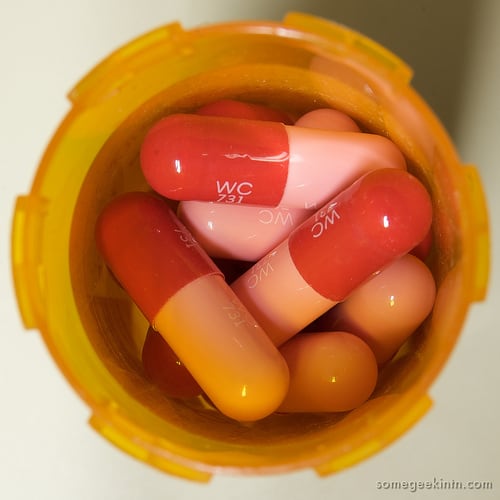September 07, 2009

A new study from Israel suggests that decreasing community prescribing of some antibiotics may substantially decrease the prevalence of antibiotic resistance. Israel restricted use of a common class of antibiotics called quinolones in late 2001 to preserve these drugs in case of an anthrax attack. The percentage of E. coli resistant to quinolones decreased almost immediately after the restriction, dropping from 12% to 9% in less than a year.
Several earlier studies modeling resistance have raised concerns that, while increases in community antibiotic use might cause rapid increases in resistance, once resistance is established, restricting antibiotic use might have a much slower effect on reducing resistance levels. Much of this concern stems from low observed biological costs of resistance among bacteria such as pneumococci. These biological costs refer to tradeoffs in diminished bacterial ability to compete and reproduce. If acquiring resistance does not come along with substantial biological costs, then once resistance is established, decreasing antibiotic use is likely to have only a small effect on the prevalence of resistance.
The drop in resistance in the Israeli study may be due to high specific fitness costs associated with quinolone resistance in E. coli, points out an editorial on the study. Another explanation for the observed rapid decreases in resistance in Israel is that earlier studies modeling resistance may be wrong in their predictions. Either way, these new data provide strong evidence that decreasing antibiotic use can have an immediate effect on resistance, if only in certain situations. E. coli is one of the most common organisms causing community-acquired infections, and quinolones are among the most commonly used broad-spectrum antibiotics. Even though the generalizability of the study in Israel is unclear, the results are encouraging, even if they apply only to quinolone resistance in E. coli.
Image Credit: Flickr:somegeekintn











